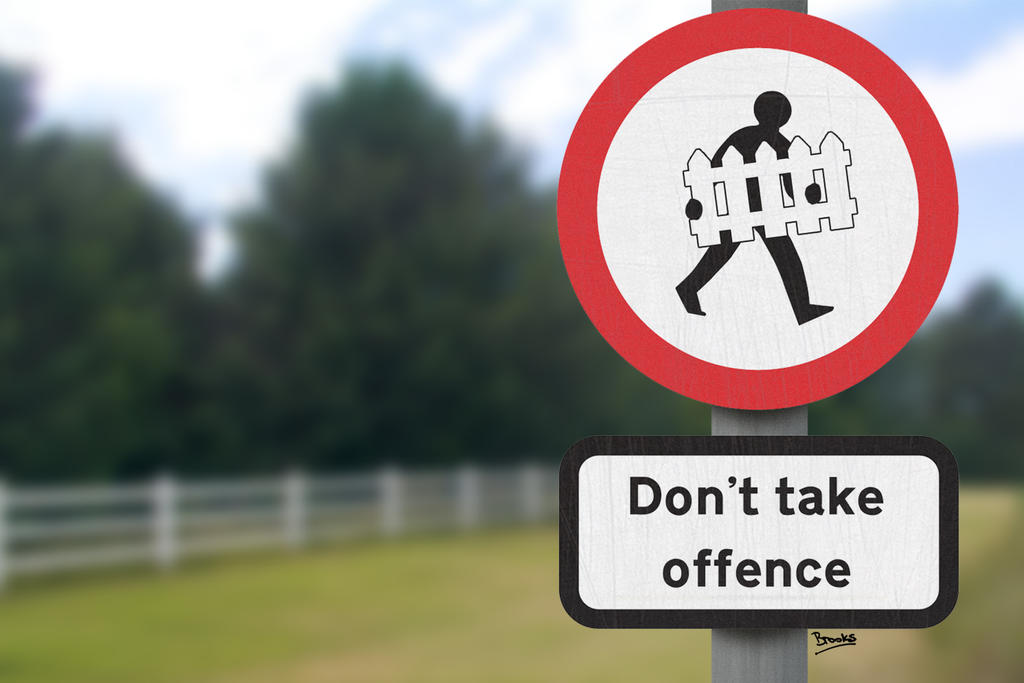Thinking is hard work. Sometimes it’s unpleasant. Often it
forces us to admit we’re wrong, but worst of all, it occasionally necessitates
disagreeing with other people. This is never more apparent than when we discuss
issues that actually matter, like politics, religion, and the possible
connection between the two in certain instances. We all want to avoid conflict,
but how?
The solution that academia has offered us is
moral-relativism disguised as diversity and sensitivity. We can all agree to
disagree and simply avoid difficult conversations by making sure they never happen
in the first place. Won’t that make the world a better, happier place?
Only if you’re willing to trade argumentation for
explosions, but for some, these appear to be approximately as threatening.
What played out in the media in the days following the
Boston bombing could best be understood as a collision between the relativism bandwagon
and the freight-train of fact. Even before the dust had fully settled in
Massachusetts, the political-commentary magazine “Salon” posted an online article
entitled “After Boston explosions, a scapegoat emerges on the right,” which vehemently
and preemptively denounced the blaming Muslims for the bombing. A few days
later, Sen. Dianne Feinstein accused Rep. Peter King of “develop[ing] some real
disdain and hatred on public television,” for suggesting that there is a threat
coming from within the Muslim community.
In an ironic but predictable twist of events, it turned out
that bombers were not radical Buddhists, Hindus, atheists, Christians, Quakers
or Scientologists, but two brothers who subscribed to the same militant strand
of political Islam as those who perpetrated 9/11, 7/7 and various embassy
attacks, beheadings and bombings around the globe.
As stated by Randall Munroe, the artist behind the web-comic
series “XKCD,” “correlation doesn’t imply causation, but it does waggle its
eyebrows and gesture furtively while mouthing ‘look over there.’” Could there
be a causal link between particular religious beliefs and acts of violence and
intolerance?
I would posit that ideas have consequences. The belief that the
eternal creator of the universe hates all unbelievers, an incessantly repeated
idea within the Quran, could very well lead to the particular pattern of religious
violence we’ve seen in the news over the last decade.
Before jumping to the false but traditional charges of
“racism” and “Islamophobia” that people use to escape difficult discussions (as
if a critique of an idea was a bias against an ethnic group or an irrational
fear), think about the stakes for a moment. Just within April, two radical
Jihadi men were sentenced to just under 20 years in prison for planning on
attacking the Military Entrance Processing Center in Seattle, Canadian police
arrested two more for preparing a major terrorist attack on the Amtrak-Via
passenger line near Toronto, and three were arrested shortly before attempting
to attack the British town of Wooton Basset. It would appear that the sheer
effort of our intelligence agencies are all that stand protect us from something
like a Boston bombing every few weeks.
Is protecting people’s sensibilities and avoiding the work
of defending ideas on merit really worth that? If certain ideas—not individual
rights, but ideas—remain off-limits to coddle people’s emotional sensitivities,
then the odds of this pattern changing are slim. At the very least
we—particularly college students, the future of our nation—must recognize just
how high the ante really is. Lazy thinking and equivocating is an easy trap to
fall into because it allows us to think of ourselves as good, moral people
without having to take a stand if we can equivocate a bombing and the statement
that the bombing might be part of a larger trend with a clear ideological cause.
It’s so easy.
But thinking is not easy, and we should resist the desire to
take the easy path because the safety of conformity is explosively deceptive.
In his famous tract “Self Reliance,” Ralph Waldo Emerson argued that in the pursuit of truth, we “must not be hindered by the name of
goodness, but must explore if it be goodness.” It is a demanding task to critically
evaluate euphemistic canned values like “diversity” and “tolerance,” but given
the state of the world we live in, it might be necessary.

